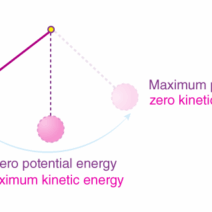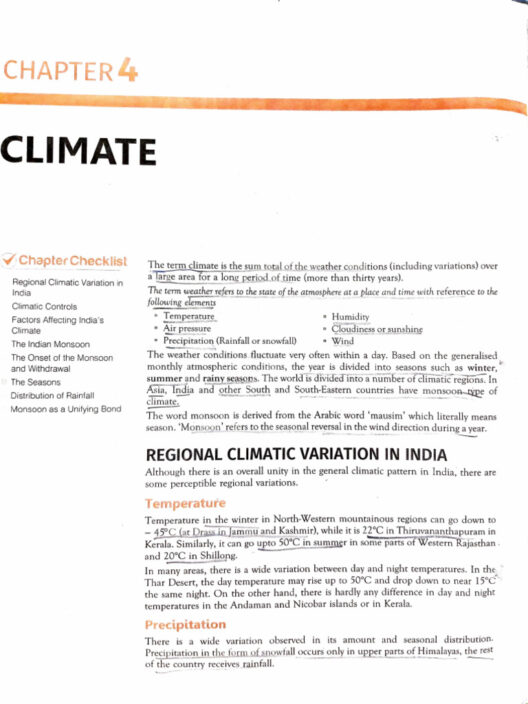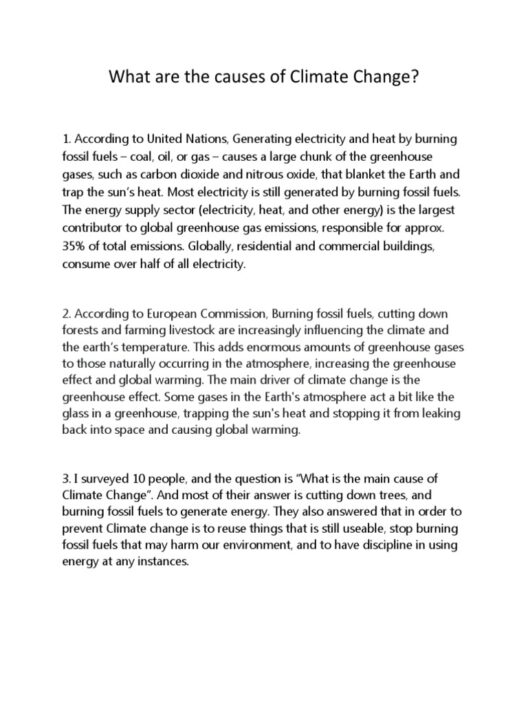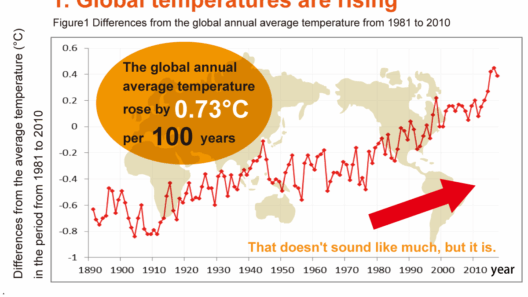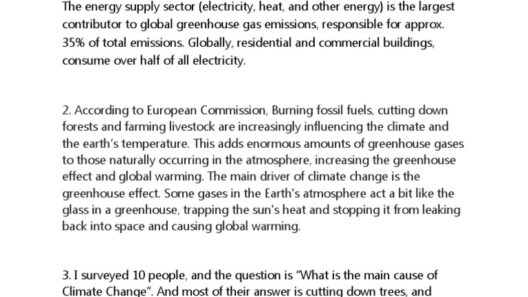As we navigate the uncharted waters of climate change, we find ourselves at a pivotal juncture in the story of humanity—a narrative increasingly shaped by the choices we make today. The encounter with climate change is akin to standing at the helm of a ship laden with the weight of history, with turbulent seas ahead and the distant shoreline faintly visible. What we do with climate change is not merely a matter of combating rising temperatures; it is about entrenching a new ethos towards our planet and its ecosystems, fostering resilience and adaptability in the face of an uncertain future.
At the crux of confronting climate change lies the need for an astute understanding of the interplay between human activity and natural forces. Each action, from the burning of fossil fuels to the adoption of regenerative agricultural practices, reverberates through the delicate tapestry of our biosphere. Acknowledging this interconnectedness can empower us, transforming our role from mere inhabitants of the Earth to stewards of its diverse life forms.
To embark on this journey, we must first delve into a sober examination of the situation at hand. Climate change unfolds like a complex mosaic—a compilation of extreme weather events, ecological degradation, and socio-economic ramifications. Indeed, the implications of climate change are multifaceted, affecting not just the environment but also public health, food security, and economic stability. As ocean waters rise and weather patterns shift, we find ourselves in a crucible where vulnerable communities are disproportionately affected. Addressing these disparities is not just a moral imperative; it is a prerequisite for holistic progress.
Equipped with knowledge, we can transition from despair to action. One of the most formidable strategies against climate change is the enhancement of renewable energy sources. Wind, solar, and hydroelectric power emerge as beacons of hope in our fight against carbon emissions. Transitioning our energy infrastructure to harness these renewable resources is analogous to shedding the shackles of a heavy anchor, enabling a swift voyage towards sustainability. This shift not only reduces our carbon footprint but also fosters economic opportunities and invigorates local communities. Innovations such as community-owned solar farms and municipal wind projects can invigorate economies, creating jobs while cultivating a sense of collective responsibility towards the environment.
Moreover, reimagining urban spaces plays a crucial role in abating climate change. Cities, often dubbed as the beating hearts of civilization, are prime culprits in greenhouse gas emissions. By embracing principles of sustainable urban planning, we can cultivate green architecture, efficient public transportation, and expansive green spaces. Each tree planted becomes a sentinel of hope, a reminder that nature can thrive alongside urbanization. Cities can transform from concrete jungles into verdant ecosystems, harmonizing the rhythms of human life with those of nature.
A pivotal aspect of combating climate change involves the adoption of sustainable agricultural practices. Agriculture is both a contributor to and a victim of climate change, with practices that deplete soil health and exacerbate greenhouse gas emissions. Through regenerative agriculture, farmers can restore soil vitality, capture carbon dioxide, and enhance biodiversity. The transition from monocultures to polycultures and from synthetic fertilizers to organic inputs is a journey towards resilience, akin to nurturing a resilient garden that flourishes in the face of adversity. By supporting local farms, individuals not only partake in a more sustainable food system but also bolster community ties.
Education stands as a cornerstone in the fight against climate change. Cultivating awareness about environmental challenges equips individuals with the knowledge to make informed choices. From reducing waste to advocating for policies that promote sustainability, education influences behavior at both the individual and collective levels. Schools and institutions must serve as incubators for innovative thinking, fostering a generation that views sustainability as an inherent part of its global citizenship.
However, action must be accompanied by advocacy. Grassroots movements and collective action are vital in exerting pressure on policymakers to implement legislation aimed at addressing climate change. The act of participating in protests, signing petitions, and engaging in community dialogues embodies the spirit of democracy. It asserts the notion that the right to a healthy planet is a fundamental human right. The collective consciousness can catalyze change, setting ambitious benchmarks for emissions reductions and energizing global commitments to climate treaties.
As we traverse the tumultuous landscape of climate change, we must also cultivate adaptability in our strategies. Resilience is no longer a luxury; it is a necessity. Communities must invest in climate adaptation measures, including the fortification of infrastructure against extreme weather, the restoration of natural habitats, and the implementation of water conservation initiatives. Just as nature exhibits resilience through adaptation, so too must humanity evolve in the face of changing circumstances.
Ultimately, confronting climate change is not solely about survival; it is about thriving amidst adversity. The challenge may appear insurmountable, but history has shown that humanity possesses an unmatched capacity for innovation and adaptation. As we stand on the cusp of transformation, let us embrace the metaphor of the phoenix rising from the ashes. By addressing climate change with urgency and intention, we become catalysts of rebirth for our planet, ensuring that future generations inherit a world not marked by despair, but by hope and opportunity.
In conclusion, the journey to face climate change head-on calls for an unwavering commitment to actionable change, collaboration, and a paradigm shift in how we relate to our planet. Through resilience, education, advocacy, and sustainable practices, we can navigate this crucial crossroads in history, striving toward a future where humanity and nature coexist in harmony. Together, let us carve a path forward into a new era of ecological consciousness, ensuring the longevity of our planet—a shared legacy for generations yet to come.
